GOLD & SILVER
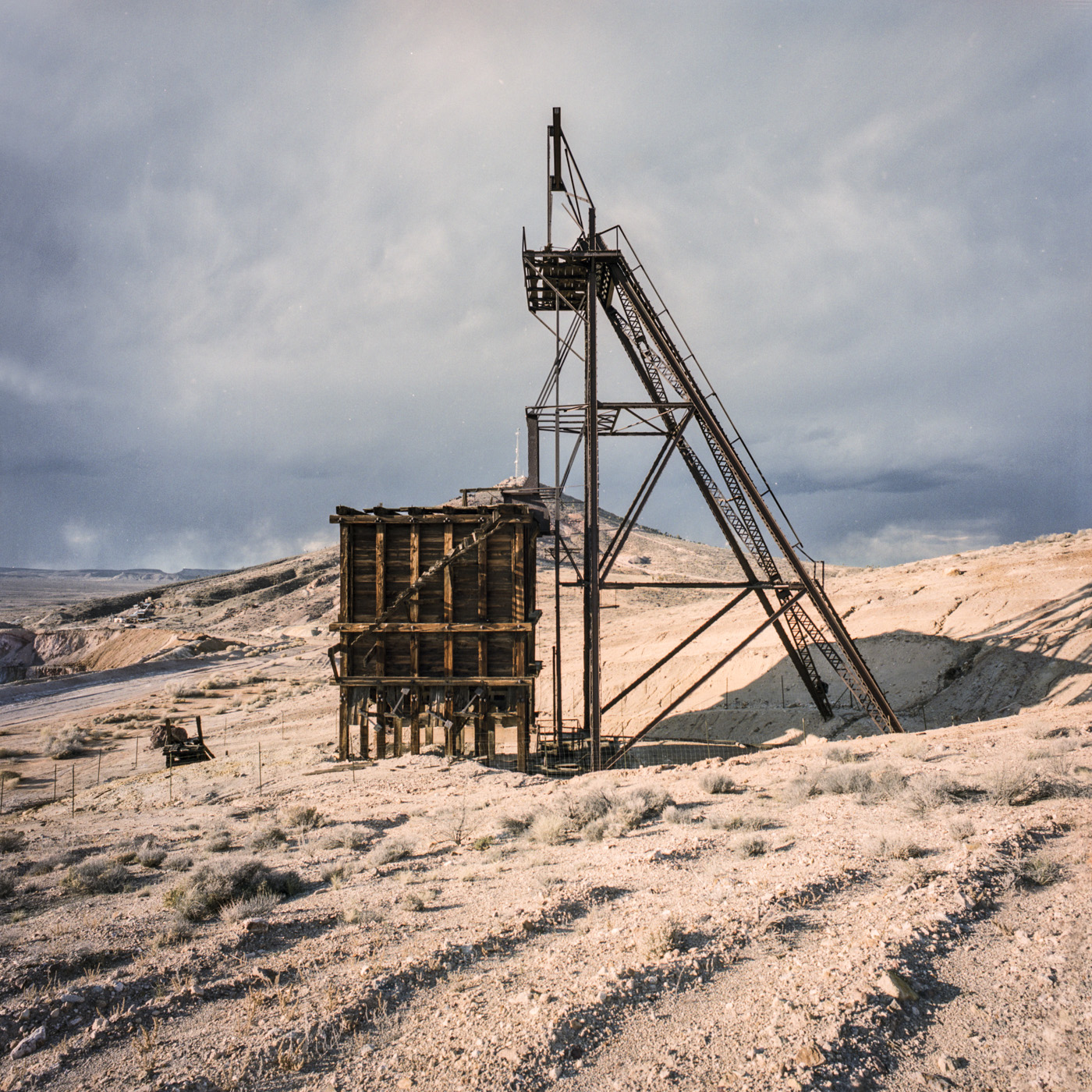 Headframe - Nevada
Headframe - Nevada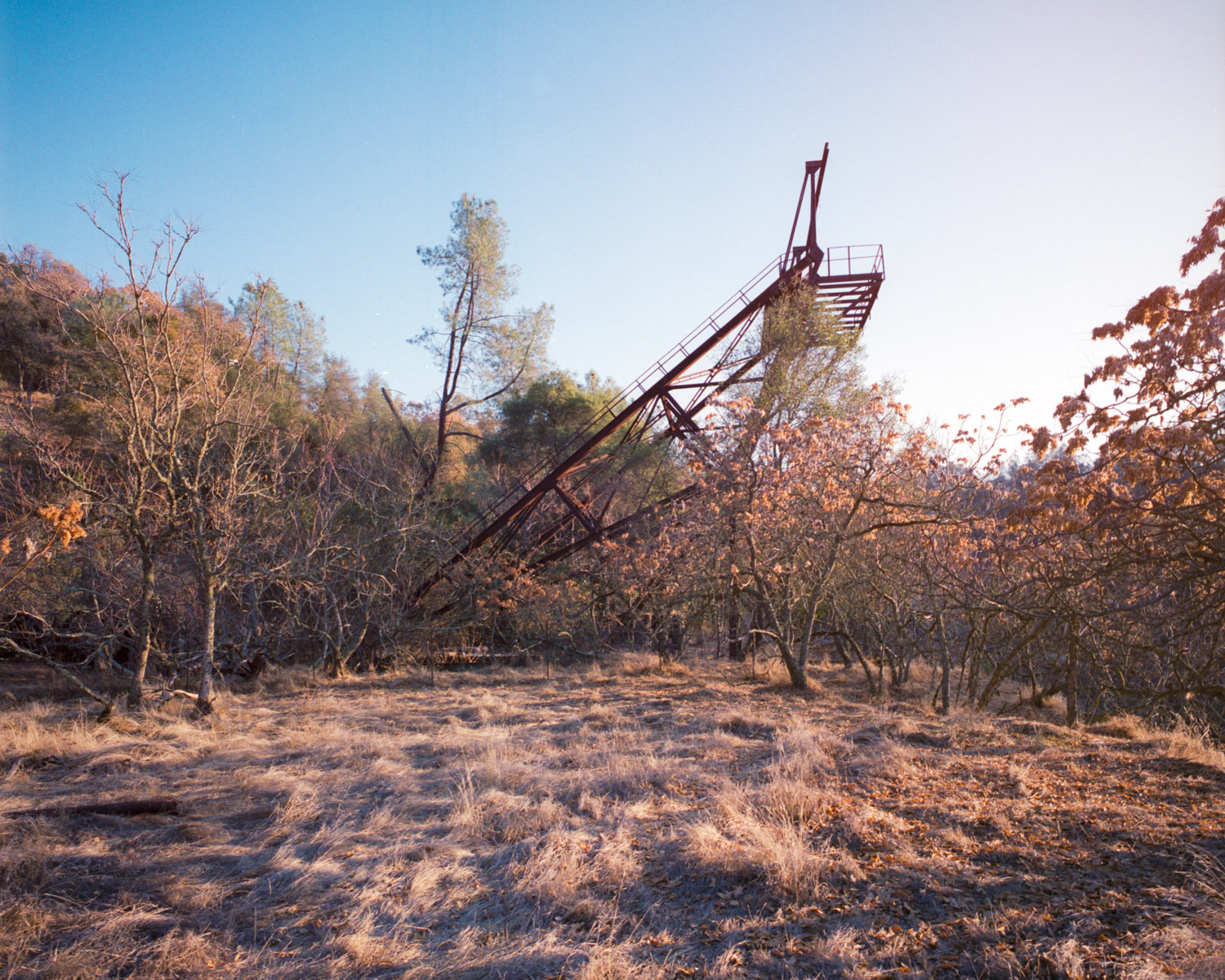 Headframe No.1 - California
Headframe No.1 - California
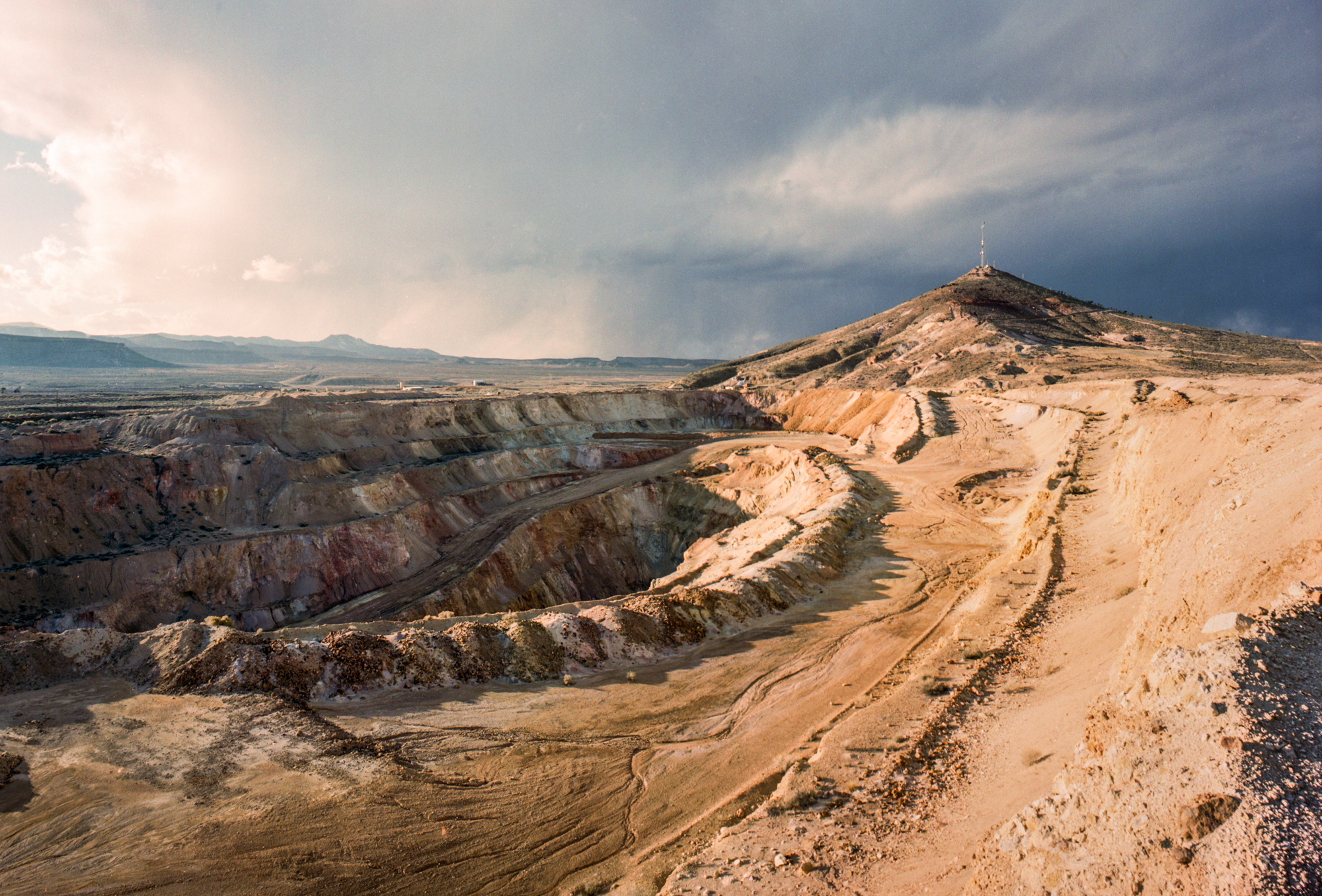
Ms. Murphys - Nevada
 Sutro Tunnel - Nevada
Sutro Tunnel - Nevada
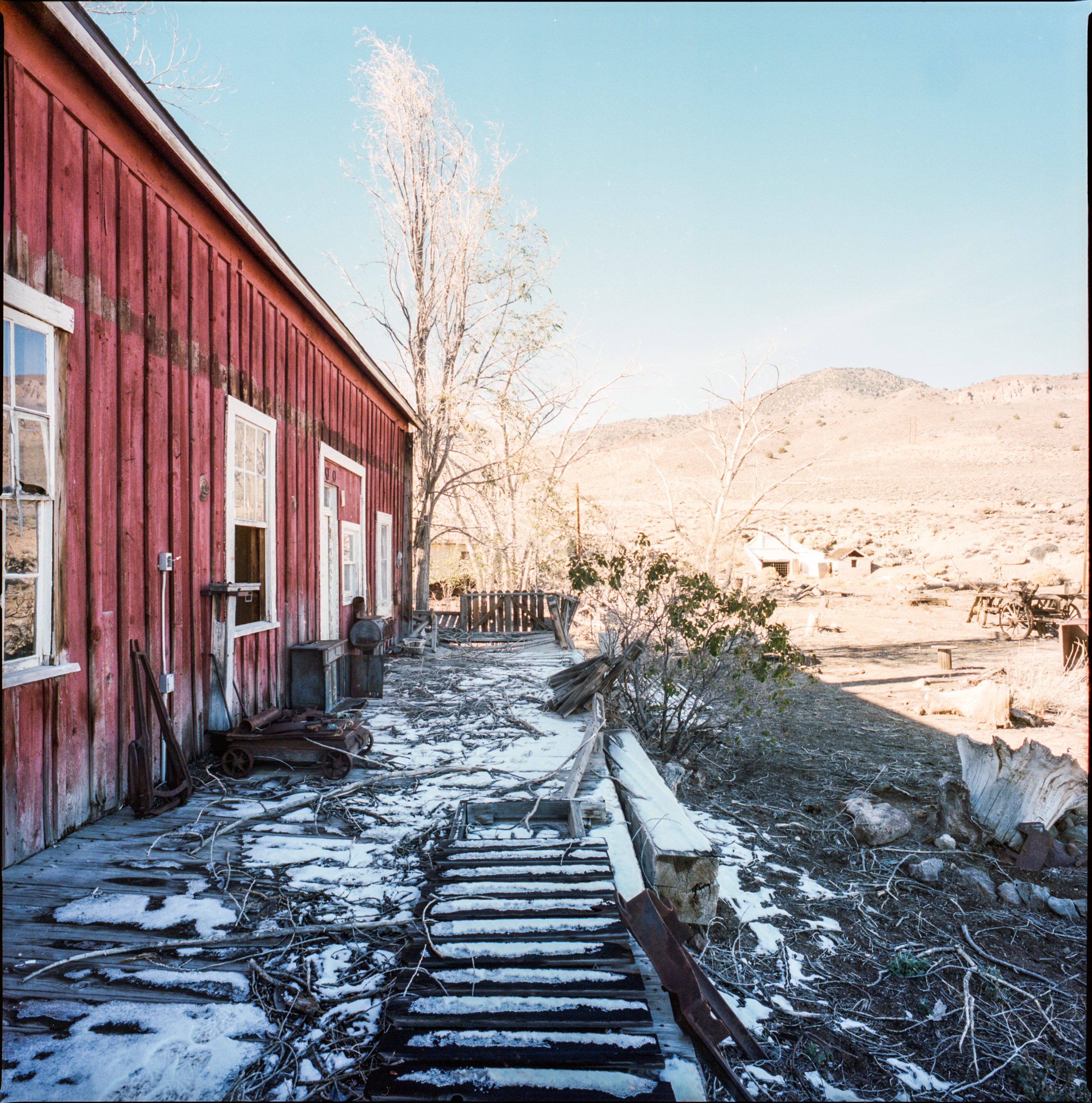
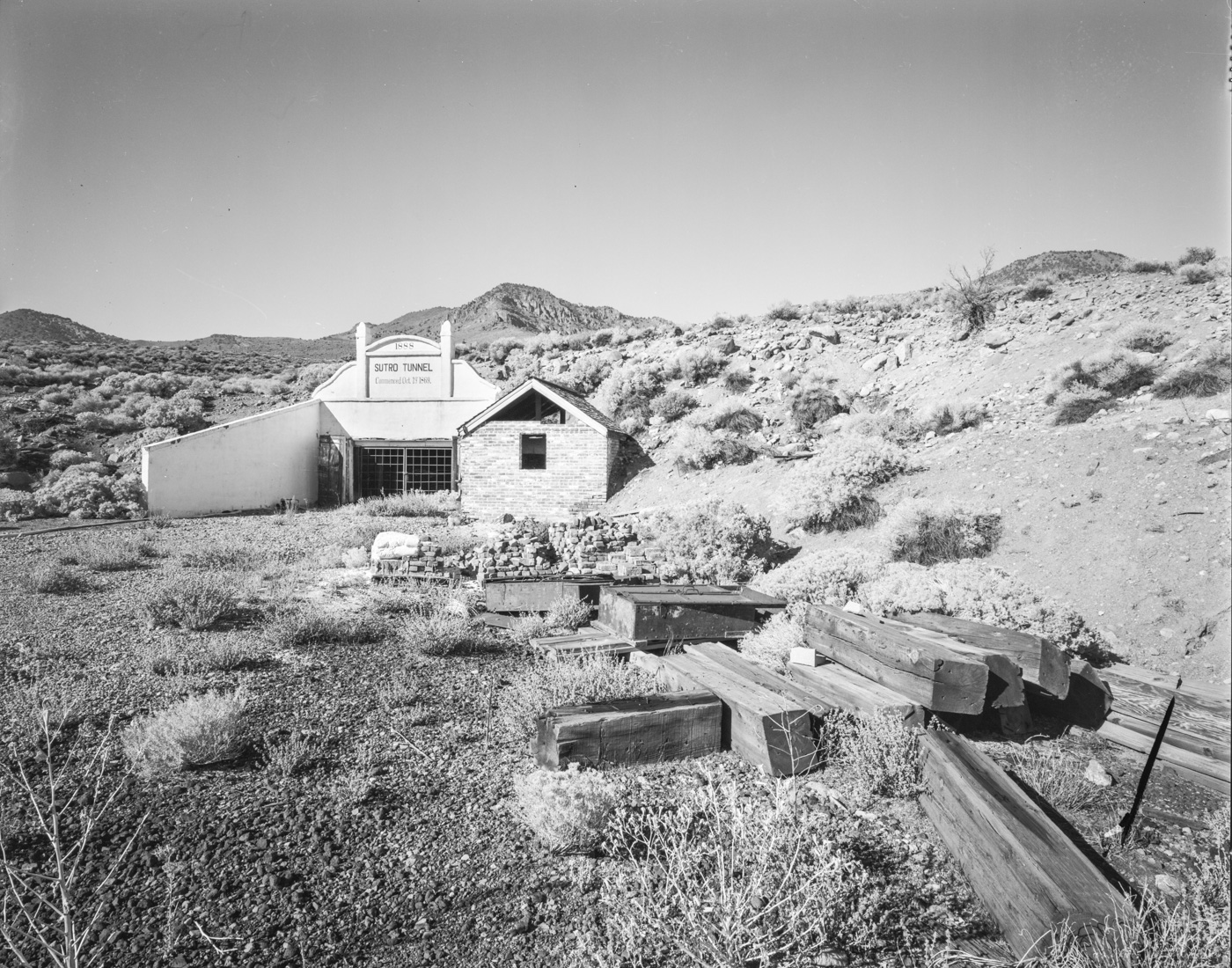
Sutro Tunnel - Nevada
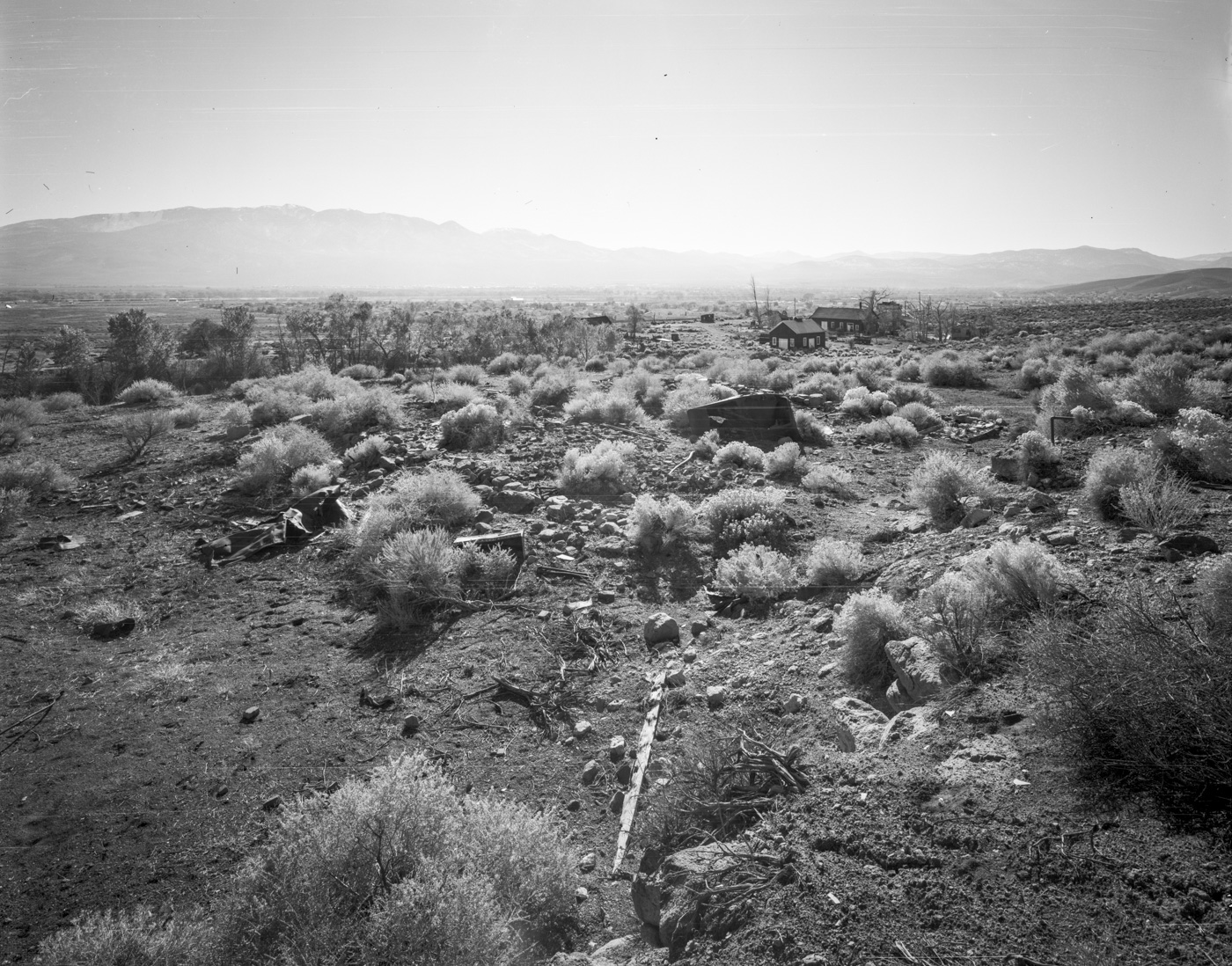 Remains of Adolf Sutro's burned mansion and townsite - Nevada
Remains of Adolf Sutro's burned mansion and townsite - Nevada
 Ghost town of Sutro - Nevada
Ghost town of Sutro - Nevada
Sutro Tunnel Collapse - Nevada
Built in the late 19th century by Adolf Sutro to provide ventilation and drainage for the Comstock Lode, a major silver deposit being mined in the area. It was completed in 1878 and was over 4,600 feet long. The tunnel allowed fresh air to circulate through the mines and provided a way to drain water and move people and material in and out. It was a major innovation in mining technology and played a critical role in the development of the Comstock Lode.The mines in the Comstock were notiorious for bad air while operational, and they’ve only gotten worse. Never enter an abandoned mine without the proper training, people, equipment and procedures in place!

Sutro Tunnel Collapse No.2 - Nevada

Crown Point Mill - Gold Hill, Nevada

Crown Point Mill, filtration tanks - Gold Hill, Nevada
The mine was established in the 1870s, and the mill was built in the early 1900s to process the ore from the mine. The mill used a variety of techniques to extract gold from the ore, including stamp mills, ball mills, and cyanide leaching. The Crown Point Mine and Mill operated until the mid-1900s, when it was closed due to declining gold prices and the depletion of the ore deposits. The site has been listed on the National Register of Historic Places.

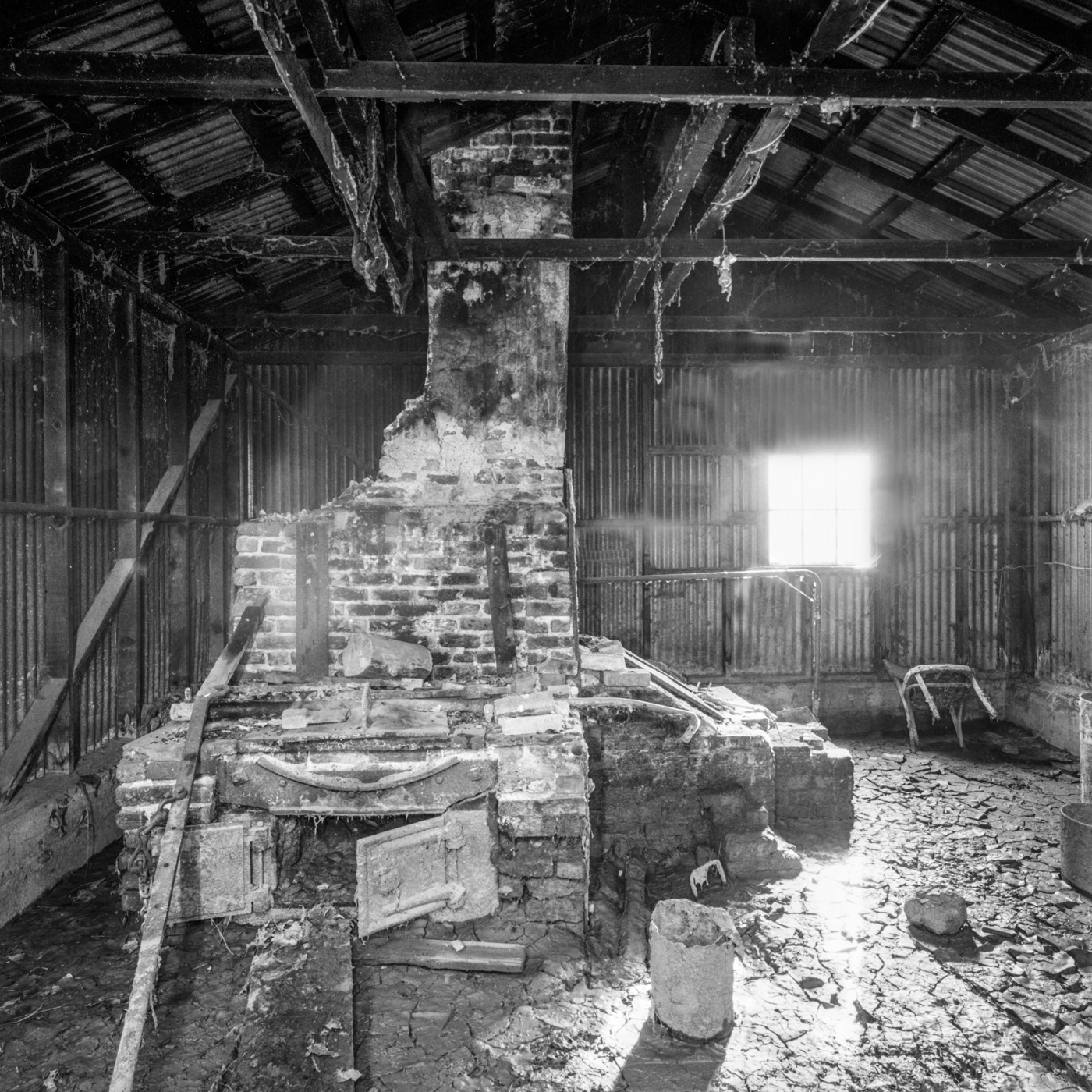 Donovan's Mill, Furnace - Silver City, Nevada
Donovan's Mill, Furnace - Silver City, Nevada
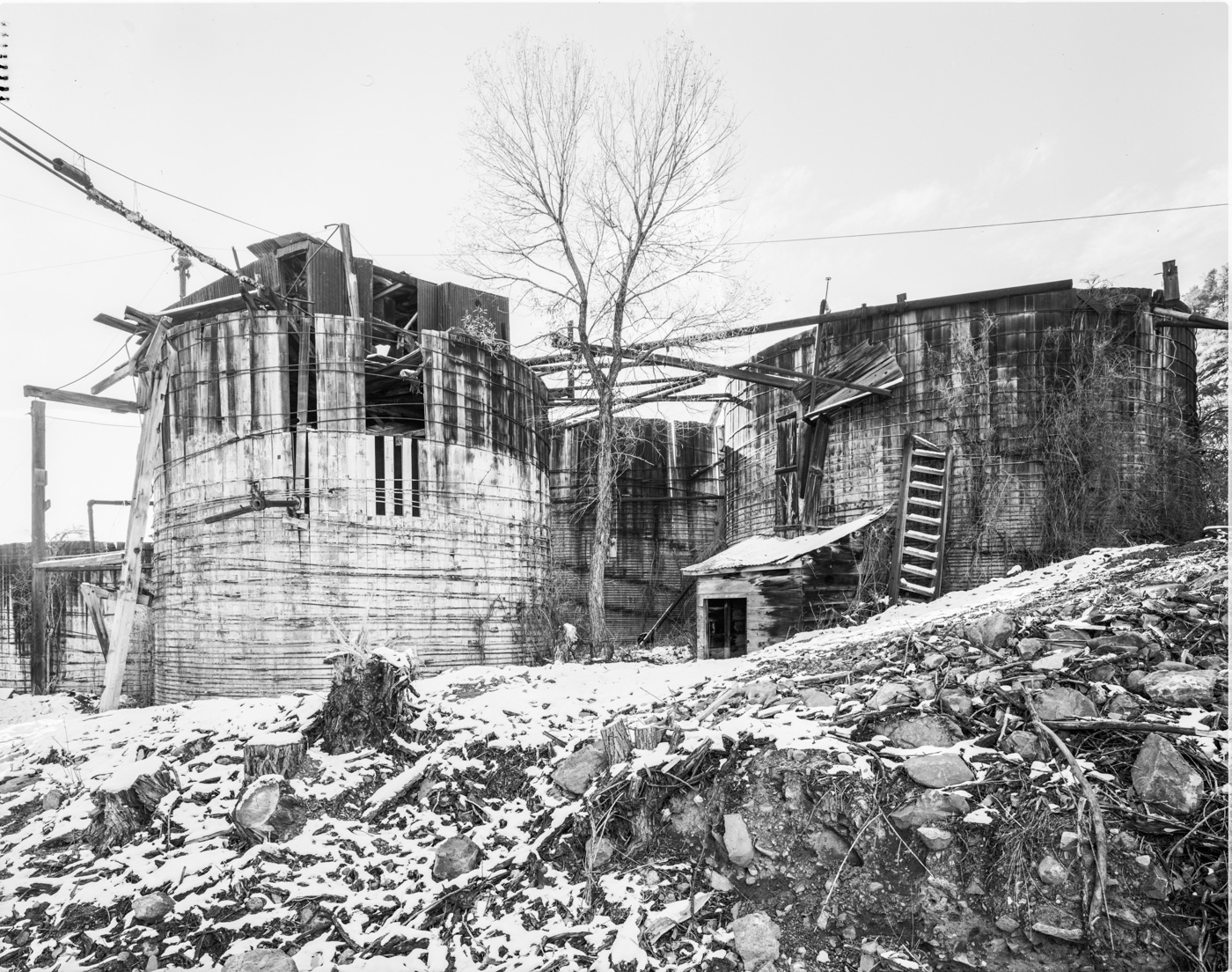
Donovan's Mill, Tanks - Silver City, Nevada

Donovan's Mill, Stamp battery stems - Silver City, Nevada

Donovan's Mill, 5 Stamp battery - Silver City, Nevada
Mining Reduction & Power Co. Assembled at the Risdon Iron Works, San Francisco, CA

Donovan's Mill, cyanide tanks - Silver City, Nevada
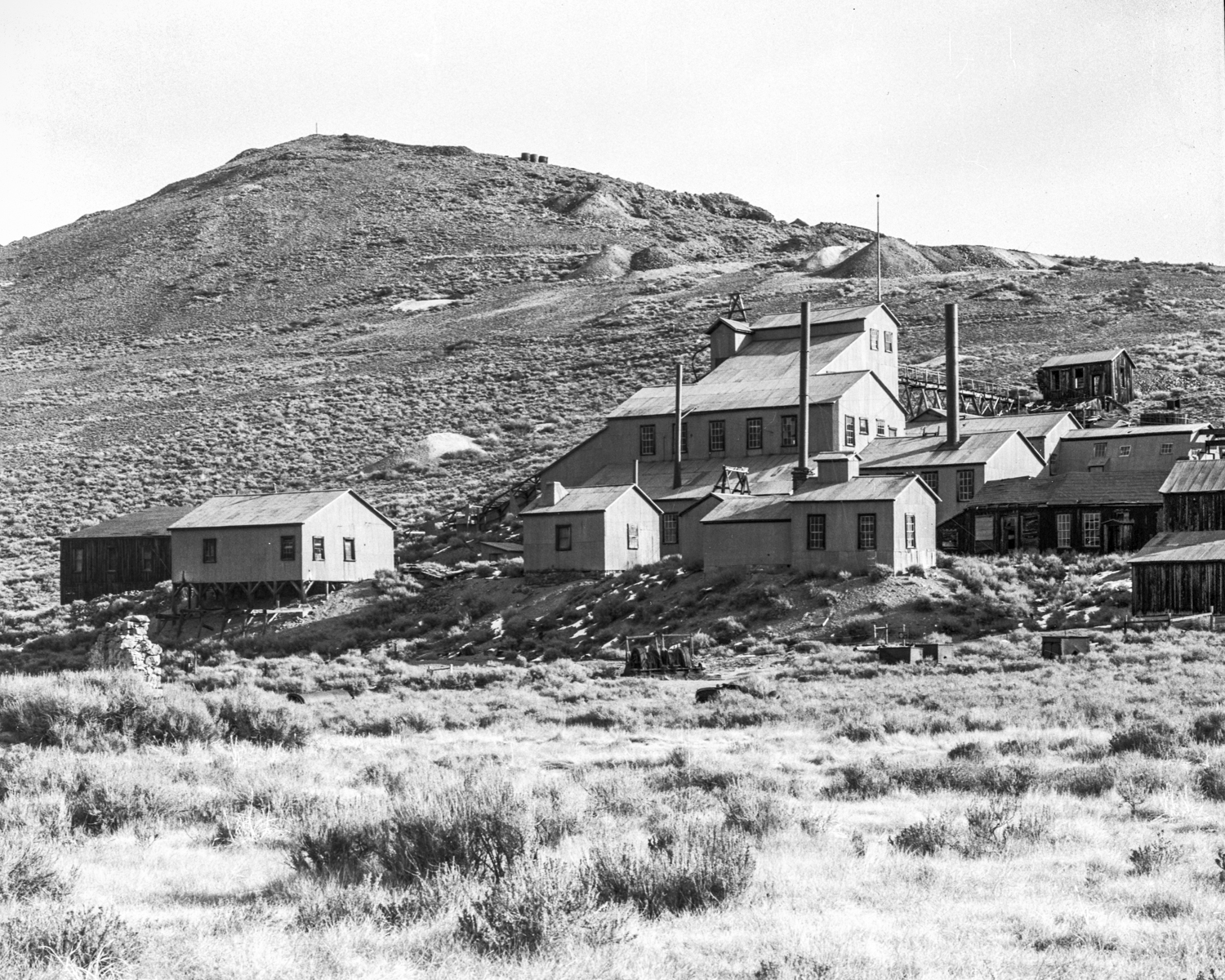
The Standard Mill, Bodie - California
Ghost town of Bodie
Hiding deep in the Eastern Sierra Nevada mountains is the town of Bodie, CA. It was founded in 1877 as a mining camp during the California Gold Rush and quickly became one of the largest and most prosperous gold and silver mining towns in the region.In 1875, a prospector named William Bodie discovered gold in the area and soon after, the Bodie Mining District was established. The town quickly grew as more and more miners and prospectors arrived, and at its peak, had a population of over 10,000 people.
The town had a variety of businesses such as hotels, saloons, brothels, general stores, a Wells Fargo office and a red-light district. It also had a variety of religious buildings, including a Catholic church and a Chinese temple.
However, as the mines began to produce less and less gold and silver, the population began to decline. By 1892, the Standard Consolidated Mine, one of Bodie's largest mines, closed down and many residents left the town. By the 1920s, Bodie's population had dropped to less than 400, and by 1942 the last mine in Bodie closed, and the city became a ghost town.
In 1961, the State of California declared Bodie a State Historic Park, and it has been preserved in a state of "arrested decay" since then. Today, visitors can tour the town and see the remaining buildings and artifacts, giving a glimpse into what life was like during the gold and silver rush of the late 1800s.
Bodie State Historic Park is now a National Historic Landmark, and it is a popular tourist destination, attracting visitors from all over the world to see the well-preserved buildings, streets and artifacts of the gold-mining town of the past.
 The Standard Mill, Stamp Battery - Bodie, California
The Standard Mill, Stamp Battery - Bodie, CaliforniaThe Standard Mill
A rare, well-preserved example of a late-19th-century stamp mill that was used to process gold and silver ore.The Standard Mill was built in the late 1800s and was used to crush and grind ore from the nearby mines. It used a series of stamp machines, which were large mechanical devices that used heavy metal stamps to crush the ore and extract minerals. The mill also had a cyanide plant, which was used to extract gold and silver from the ore using a chemical process called cyanidation.
The Standard Mill is a rare surviving example of a stamp mill from the gold rush era. It is also an important part of the history of Bodie, which was a bustling mining town in the late 1800s and early 1900s.

The Standard Mill, Bodie - California
 The Standard Mill, Bodie - California
The Standard Mill, Bodie - California
Boilers inside the Standard Mill - Bodie, CA

 Hoisting Engine - Pioche, Nevada
Hoisting Engine - Pioche, NevadaPioche, Nevada is situated in the mountain ranges of eastern Nevada and is known for its history of gold and silver mining.
Mining played a significant role in the history and development of Pioche. The area was first settled in the 1870s, and gold and silver were discovered in the surrounding mountains shortly thereafter. The mines in the area produced a significant amount of gold and silver over the years, and Pioche became a major mining center in Nevada.
The mining industry in Pioche reached its peak in the late 1800s and early 1900s, but the decline of gold and silver prices in the mid-1900s led to the closure of many of the mines in the area.
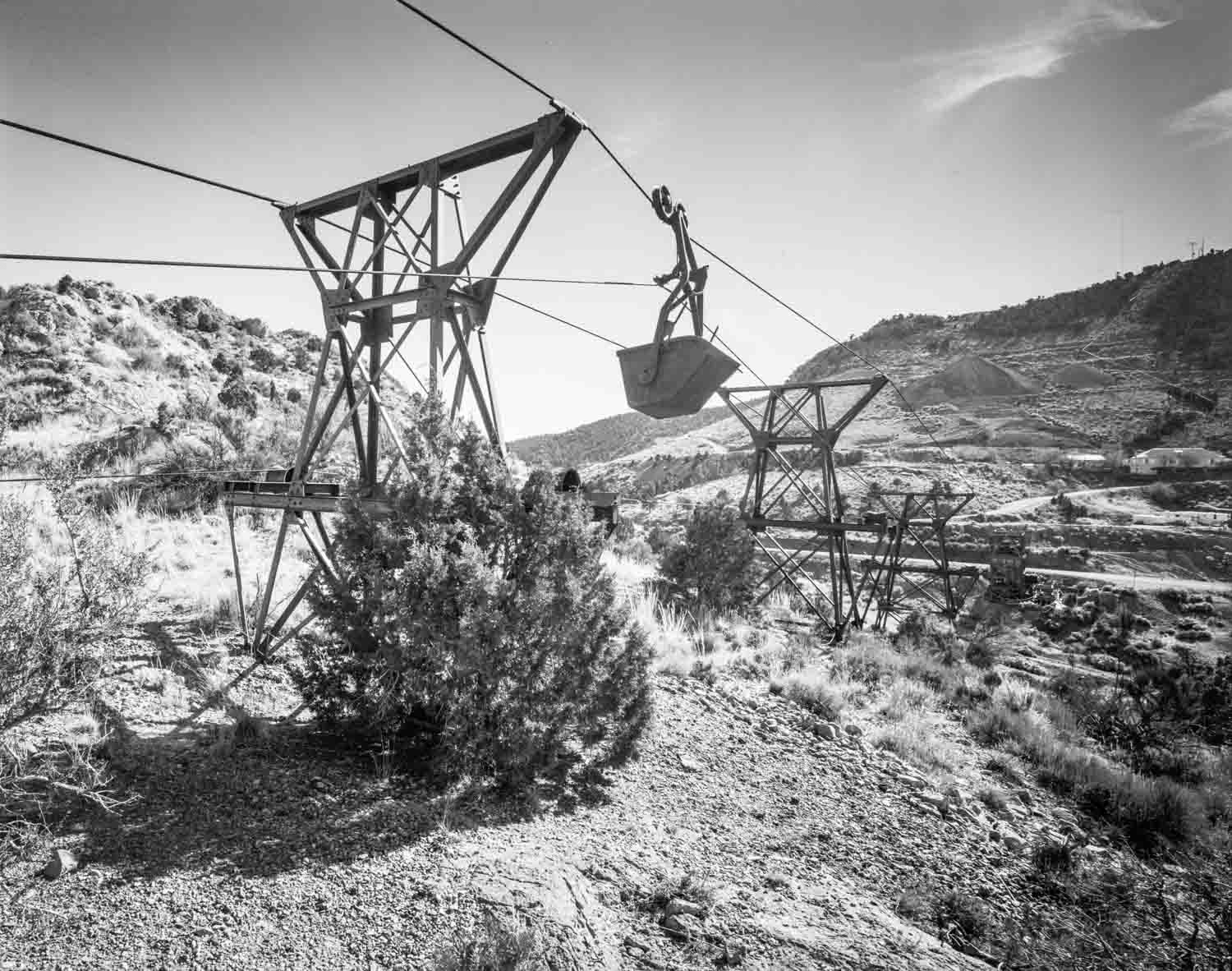 Ore tramway - Pioche, Nevada
Ore tramway - Pioche, Nevada A system of cable-supported tramways that were used to transport ore from the mines to the mill for processing. The tramway was an important part of the mining operation in Pioche, as it allowed the miners to efficiently move the ore from the mines to the mill, where it could be processed and the gold extracted.
The ore tramway in Pioche was a significant engineering feat, as it was built to traverse the rugged and mountainous terrain of the area. The tramway consisted of a series of towers and cables that supported tram cars, which were used to transport the ore. The ore tramway played a vital role in the development of the mining industry in Pioche and helped to make the area a major gold-producing region.
 The Million Dollar Courthouse - Pioche, Nevada
The Million Dollar Courthouse - Pioche, NevadaConstructed in the 1870s. The courthouse was built to serve as the seat of government for Lincoln County, Nevada, and was named for the large amount of money that was spent on its construction.
The courthouse was designed in the Victorian style, with a two-story brick building and a mansard roof. It was completed in 1872 and served as the county courthouse until the late 1960s.
The courthouse is a significant piece of Nevada's history, and it has been listed on the National Register of Historic Places. It is known for its elaborate architecture and for the important role it played in the development of the county and the state.
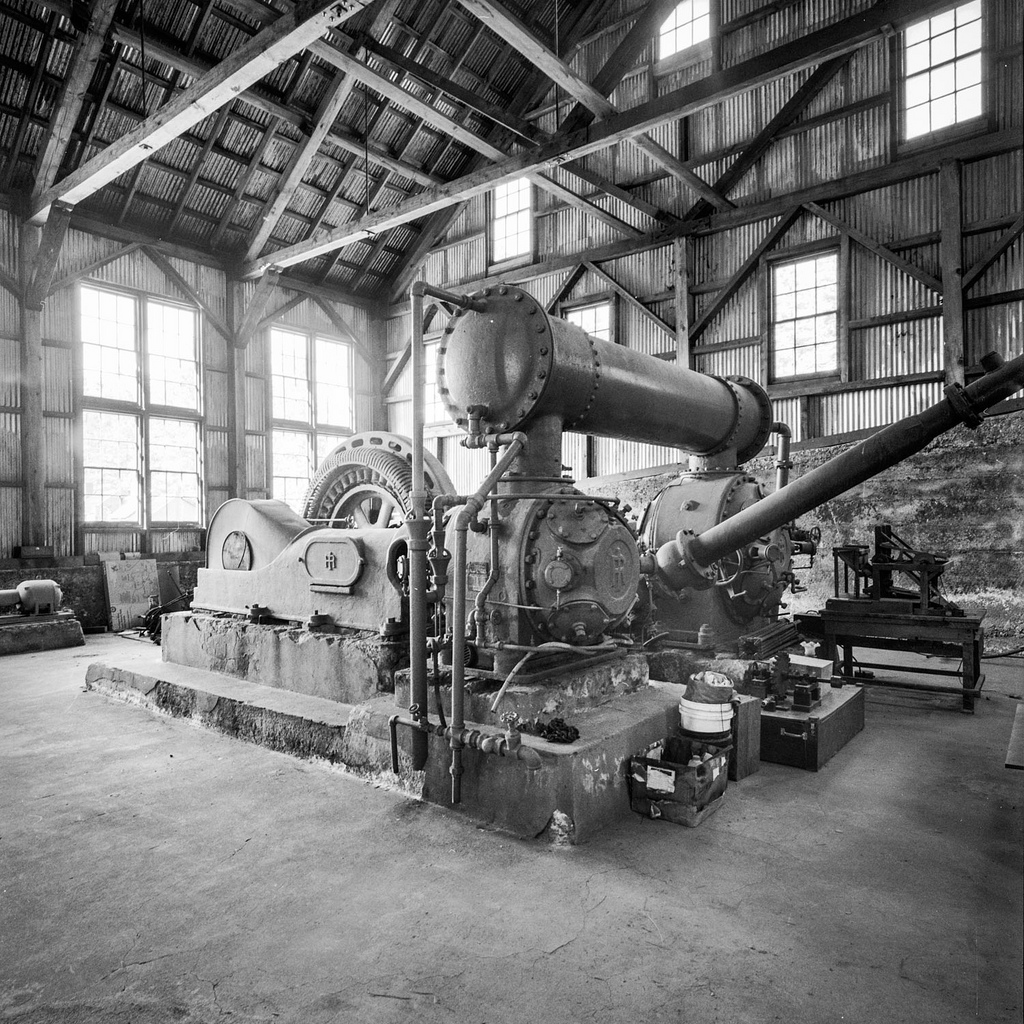 Compressing Engine - California
Compressing Engine - California Headframe No.2 - California
Headframe No.2 - California Silver Mine - Idaho
Silver Mine - Idaho


In Animas Forks, Colorado,
the skeletal remains of the Frisco Mill sits idle beside the Bagley Tunnel. Built in 1912, this prefabricated mill aimed to revive a dying district with modern technology to no avail. The 7,500-foot tunnel carved into the mountain began in 1877, but proceeded sporadically until 1904. The mill operated for just two years before the Frisco went silent in 1914. The Vindicator mine hoist, headframe and ore house in the distance
The Vindicator mine hoist, headframe and ore house in the distance  Vindicator mine ore house
Vindicator mine ore house
 The late 19th century Theresa mine headframe looms over the Vindicator Valley, marking the point where a 1,030-foot shaft was sunk into the volcanic rock below. Once a prolific producer, yielding over 120,000 ounces of gold before its 1961 closure, the Theresa now serves as a historical landmark.
The late 19th century Theresa mine headframe looms over the Vindicator Valley, marking the point where a 1,030-foot shaft was sunk into the volcanic rock below. Once a prolific producer, yielding over 120,000 ounces of gold before its 1961 closure, the Theresa now serves as a historical landmark.